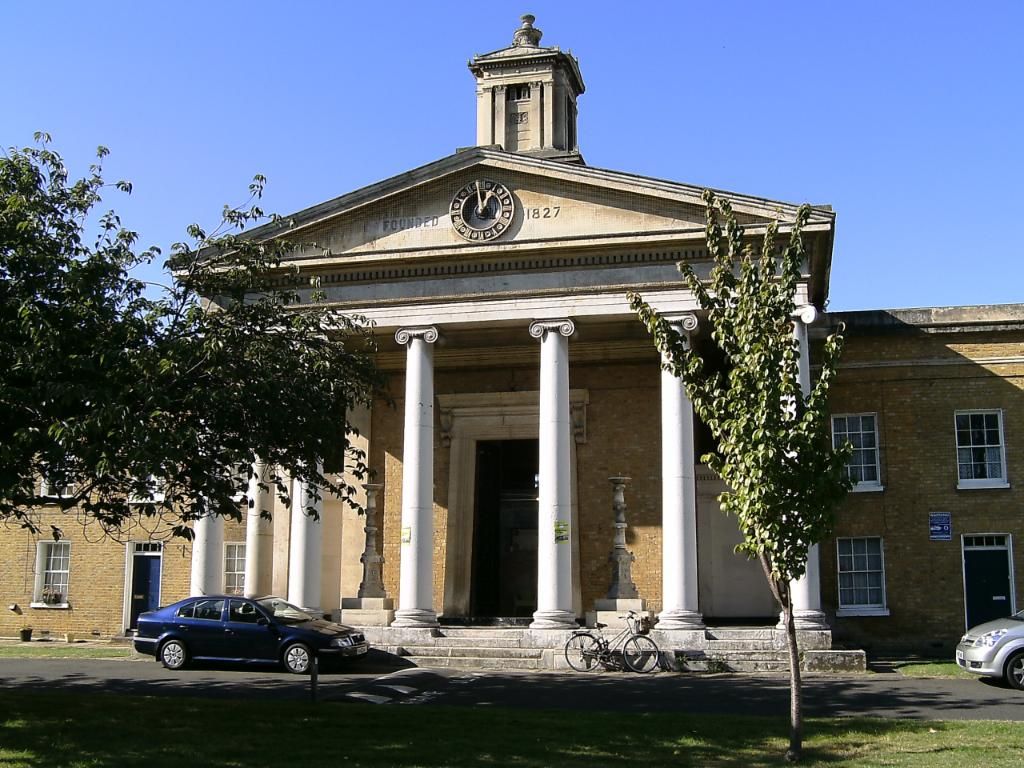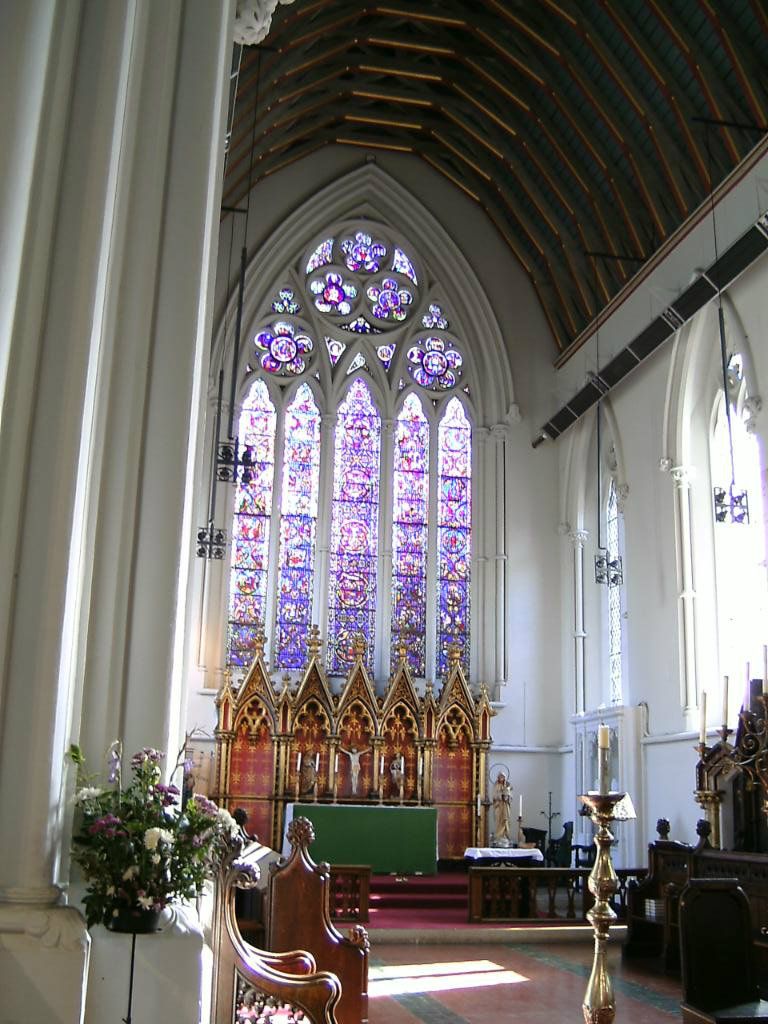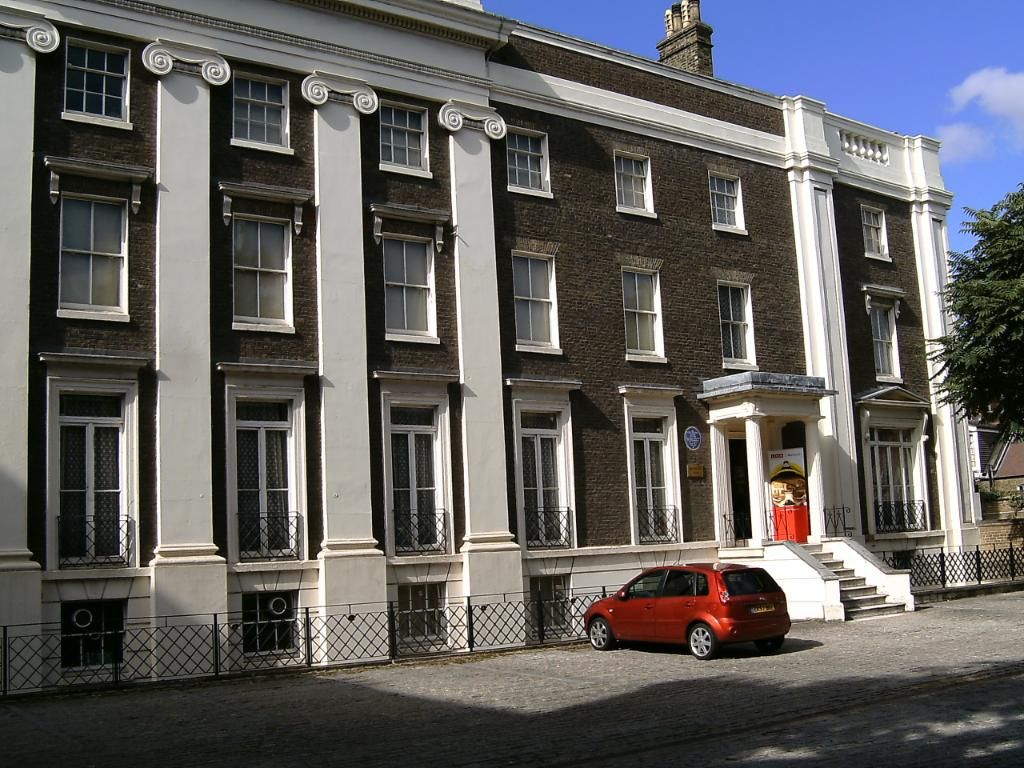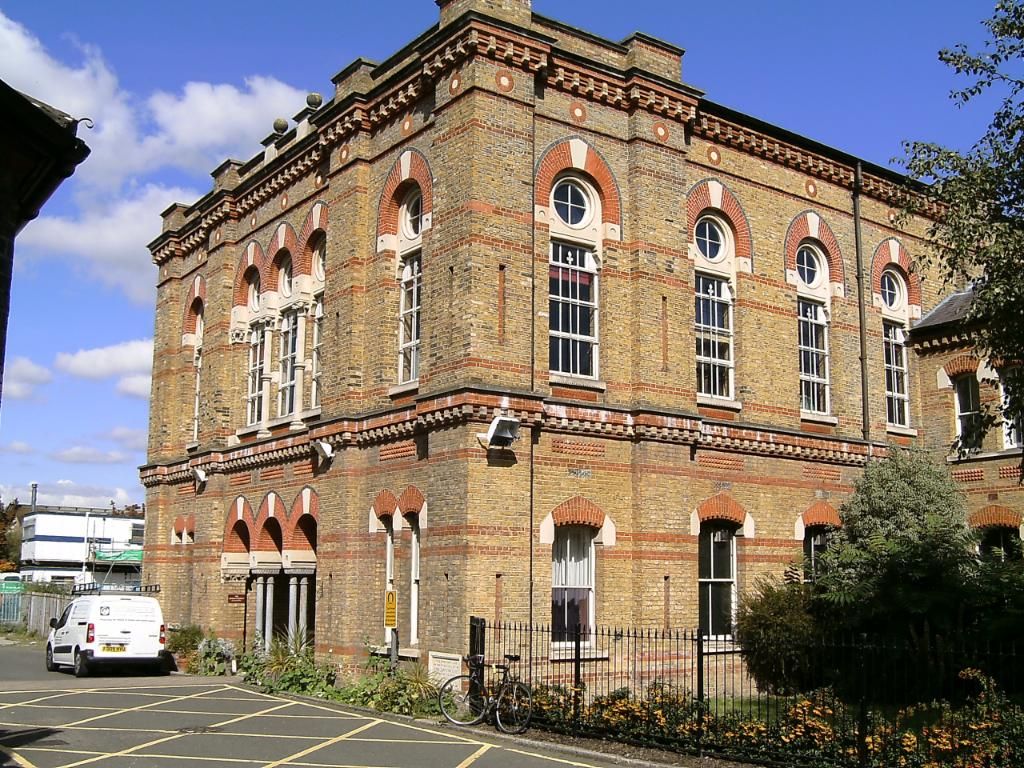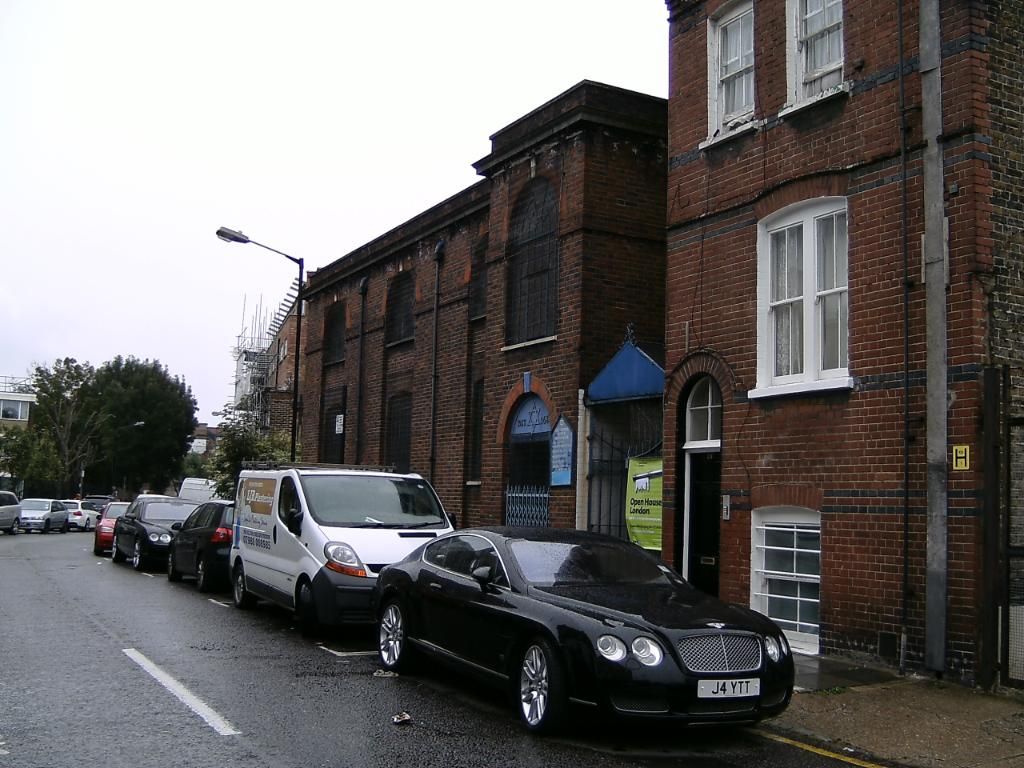The law locks up the man or woman
Who steals the goose from off the common
But leaves the greater villain loose
Who steals the common off the goose.
A visit into the depth of Surrey to look at Brookwood Cemetery. Brookwood cemetery was developed from the former common and was intended to secure burials from London for 500 years. It never really lived up to expectations of the buriel numbers and most of the land was sold. It once had a railway line running through it and you could get a special funeral train there, including first, second and third class hearse cars! No difference in the appearance just different fares for the coffin. The train ran from Waterloo.
The cemetery now seems to specialise in ethnic minority burials with plots for muslims, zoroastrians and Italian and other roman catholics. They are also arsey about pictures having stern notices up about no photography. And judging by the
flickr group I wouldn't want to defy the notice. Still there is nothing much there to interest me. No station remains but there was a very neat and tidy war graves cemetery including Czechoslovakians, Belgians and Americans with a very pleasant reception room, presided over by Barack Obama, where I sheltered from the pouring rain. The American part also had a chapel with stained glass of the states in pleasant tiffany like colours. No religious imagery of course as befits a godless country but calm and dignified nevertheless.
The cemetery did not occupy me long so I went into Woking, which is really not that exciting. They do have a new art gallery and museum called
The Lightbox which was completed in 2007. The museum part tells the

story of Woking and its demenses which was a little more interesting than I thought. There actually IS an old Woking rather than the railway town. I also didn't know that Kenwood mixers were made in Woking. The Art Gallery bit houses the Ingram Collection of art accumulated by a local business man. Some good pieces by CRW Nevinson, Eric Ravilious and John Bratby.

After Woking I went to Weybridge where I quite by accident saw a memorial to the pamphleteer of the Diggers, Gerrard Winstanley on Cobbett's hill. Not sure if this is named after the great radical in the tradition of the Diggers, William Cobbett, but it would be nice if it was. The diggers, together with the levellers, were the great radicals of the English Commonwealth to prove that the 'Earth was the Lords and the fullness thereof' a 'common treasury for all'. There is a
Digger's Trail which ironically takes in some of the wealthiest enclaves in the wealthy county of Surrey. Levellers were keen that 'servants might adventure their wages' and although we do not have servants these days (or wages), we do have employees, and we do not adventure money but we invest it, which employees sometimes do. Diggers were more practical, and up waste and common (belonging of course - then and now - to the Lord of the Manor. I didn't do the full diggers trail as it leads through a lot of places including Cobham, Walton on Thames and Little Heath but it is worth storing away for another day. I think we may need to look back at the diggers and take up our spades 'thereby declaring freedome to the creation and that the earth must be set free from intanglements of Lords and Landlords'.
 To be truthfull Battersea has its cultural side too. There is the Battersea Arts Centre in the former Battersea Hown Hall. The building has some original features like a bee mosaic on the floor and the Ayes and Noes lobbies in the former Council Chamber. I once spent a never to be forgotten night there watching an opera about Dennis Neilsen and his murderous ways. There was no interval because nobody would have come back.
To be truthfull Battersea has its cultural side too. There is the Battersea Arts Centre in the former Battersea Hown Hall. The building has some original features like a bee mosaic on the floor and the Ayes and Noes lobbies in the former Council Chamber. I once spent a never to be forgotten night there watching an opera about Dennis Neilsen and his murderous ways. There was no interval because nobody would have come back.
 The library is also rather splendid, at least the 1924 extension in the Arts and Crafts style. It's also worth going into to see the woodwork around the reference library, although this is not well cared for.
The library is also rather splendid, at least the 1924 extension in the Arts and Crafts style. It's also worth going into to see the woodwork around the reference library, although this is not well cared for.
 So Battersea is posh, but you'll still find an Asda. Maybe not quite as posh as we thought.
So Battersea is posh, but you'll still find an Asda. Maybe not quite as posh as we thought.
































